Introduction
Chhath is one of the oldest Hindu festivals. It is primarily observed in Bihar, Jharkhand, eastern Uttar Pradesh, and parts of Nepal. It is dedicated to the Sun God (Surya) and Chhathi Maiya or Usha, the consort of the Sun, believed to be linked to child well-being and prosperity. Its speciality is its simplicity, discipline, and austerity – there are no idols or grand decorations. The rituals are performed while standing in water, offering prayers to both the setting and rising Sun. The festival symbolizes harmony between human beings, nature, and spirituality.
The Four Days of Chhath
Day 1: Known as Nahaay Khay, this day begins with a ritual bath in a river or pond. If no water body is available then a temporary body is installed on the rooftops or in the parks. The devotee (vrati) eats a simple meal, usually rice, chana dal, and bottle gourd. This marks the purification and the start of the vrat (fast).
Day 2: This is known as Kharna or Lohanda. On this day the Vrati observes a day-long fast, broken only after sunset. The Prasad comprises kheer made with jaggery, roti and fruits. After this, a 36- hour waterless fast begins. One cannot even swallow the saliva but has to spit it out. This is the toughest part of the entire festival.
Day 3: On this day, Sandhya Arghya is offered to the setting Sun at water bodies. Devotees stand in water with soop (bamboo basket) filled with fruits, thekua and sugarcane. The evening is marked by folk songs, devotional atmosphere and community gatherings. Family members from all parts of India come home to participate.
Day 4: This is the day of Usha Arghya or the final arghya offered to the rising Sun at dawn. The Vrati breaks fast, and distributes prasad such as thekua and fruits. Families and communities celebrate together, marking the completion of Chhath.
Mythological Significance
Vedic Roots: Rigveda hymns praise the Sun as the source of life, health, and prosperity; early sages practiced sun worship for energy and longevity.
Ramayana: According to Sahapedia, goddess Sita s believed to have performed Surya worship after returning to Ayodhya at a place called Munger in Bihar. here is a temple called Sita Charan (Sitacharan Temple) on a rock in the Ganges. Many believe this is where Sita performed Chhath Puja. This is also associated with the birth of her sons, Luv and Kush.
Mahabharata: Maharani Kunti performed the ritual after the Pandavas escaped the Lakshagriha fire. Karna, son of Surya is remembered for his lifelong devotion to the Sun. Draupadi and the Pandavas are said to have observed Chhath on the advice of sages during hardship.
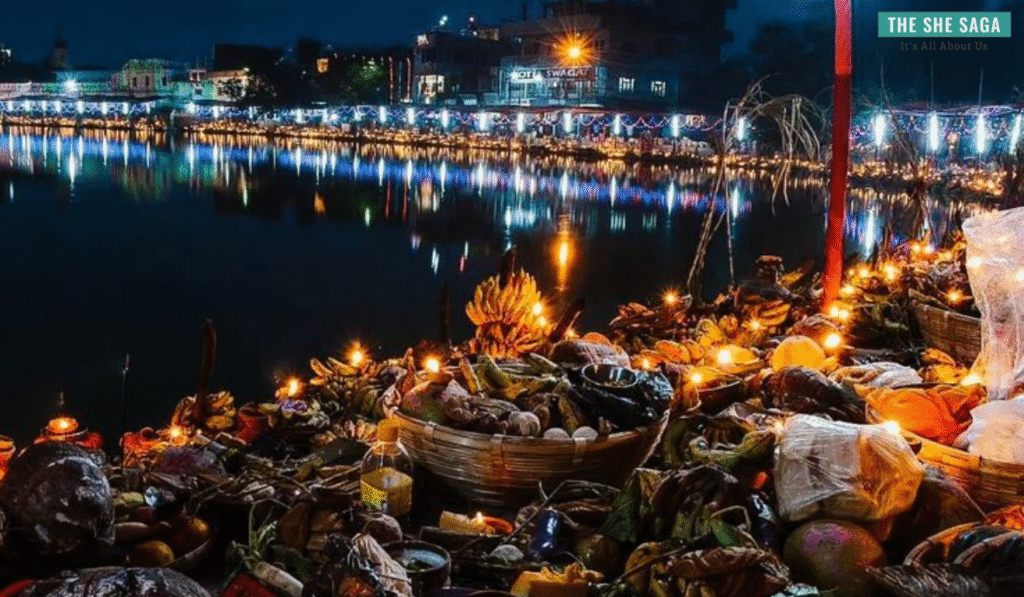
Chhathi Maiya/Usha: She is worshipped as Surya’s sister or consort and believed to protect children and bless families with health and prosperity.
Historical Significance
Chhath is rooted in the Vedic tradition of reverence for the Sun as a life-giving force.
It is considered to have continuity from early Vedic times to the contemporary period, thus being one of the oldest surviving Hindu festivals.
Chhath is distinct from many Hindu festivals because it emphasizes direct worship of natural elements (Sun, water, earth) rather then idols.
It is preserved through folk tradition, passed down orally via songs, rituals, and community practices across generations.
The festival has a regional identity, deeply tied to the culture of Bihar, Jharkhand, eastern Uttar Pradesh, and Nepal, forming part of social and cultural identity.
It reflects ancient modes of worship cantered on purity, simplicity, and harmony with nature thus being eco-friendly.
Indian diaspora who has migrated from Bihar and UP to Mauritius, Fiji, the Caribbean, the US, and the UK continue to celebrate this festival with great fervour, displaying its enduring relevance. The festivities act as a marker of cultural identity and community bonding in foreign lands.
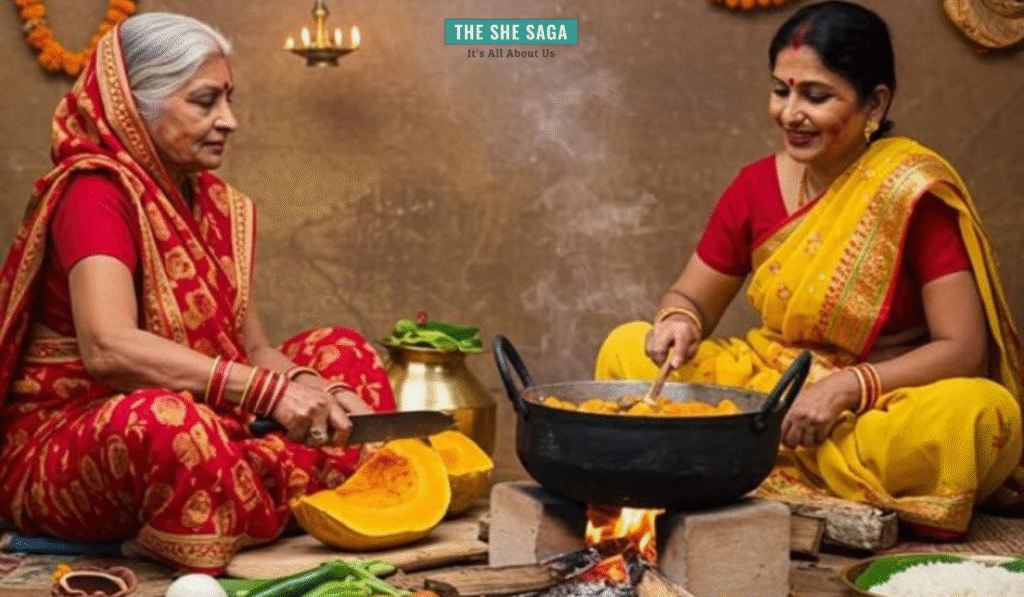
When is Chhath Celebrated?
Kartik Chhath – The main festival, observed on the 6th day (Shashthi) of the bright half of the Kartik month (October–November), just after Diwali.
Chaitra Chhath -A smaller celebration, observed on the 6th day (Shashthi) of the bright half of the Chaitra month (March–April), around the time of Ram Navami.
Cultural Significance and Symbolism
Women are central to the observance, keeping thee tough fasts for family health and prosperity, though the emerging trend is that men also fast.
Family & Community Participation -Families gather at ghats, rooftops, or temporary ponds; neighbours and relatives contribute, creating collective devotion
Urban Adaptations – In places with no natural water bodies, temporary tanks in cities, rooftops, and parks maintain the tradition.
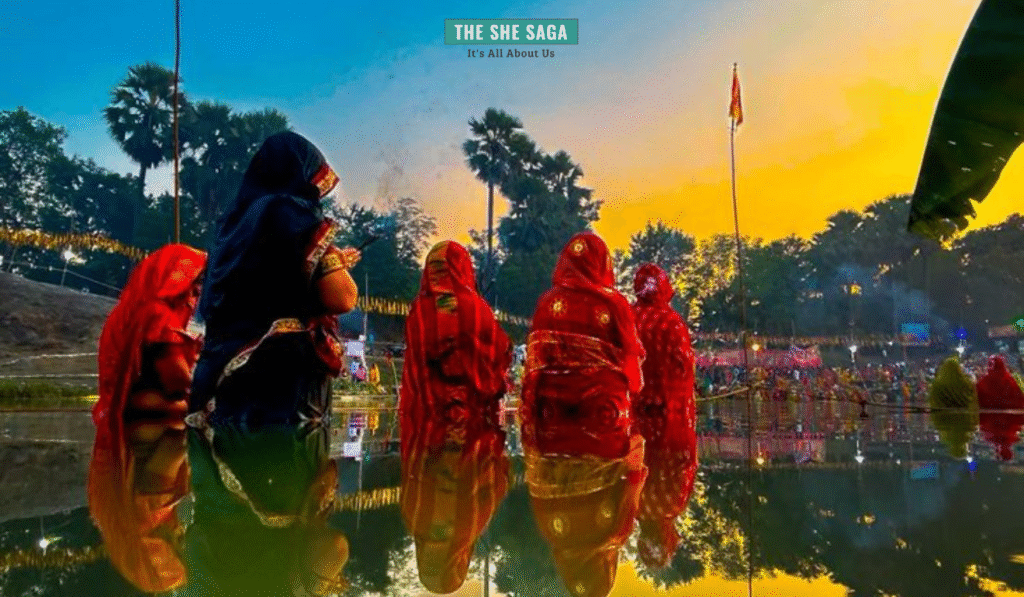
Diaspora Celebrations – Migrants in Fiji, Mauritius, Trinidad, the US, and the UK observe Chhath with equal devotion, preserving cultural identity abroad.
Dual Worship of the Sun -Both rising and setting Sun are honoured. This symbolizes the acceptance of life’s beginnings and endings.
Fasting and Austerity – The nirjala vrat (without food or water) reflects discipline, endurance, and purification of body and spirit.
There is emphasis on natural elements like water, fruits, thekua, bamboo soop, stressing the simplicity of rituals and harmony with nature and eco-friendly values.
Prasad in Chhath
No festivities are complete without the mention of special delicacies, which are offered as prasad to the worshipped deities and then distributed among the devotees!! There are thekua – the signature offering, made of wheat flour, jaggery, and ghee, kheer – rice pudding sweetened with jaggery, roti (chapati), rice laddoos, fruits, like bananas, coconuts, seasonal fruits like apple, orange, and sugarcane, which is considered to be auspicious and always included. Sometimes, dry fruits are added according to family traditions. For children and adults alike, the prasad is the icing on the cake at the end of this austere and devotional festival.
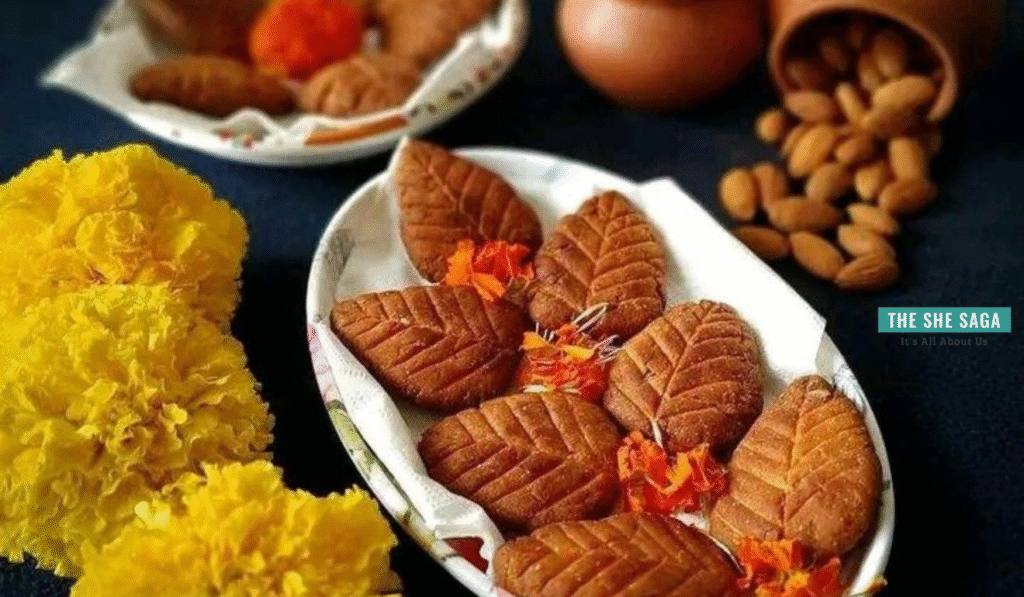
Bibliography:
Wikipedia

By Richa Verma
Richa is an online English teacher, independent blogger, voracious reader, movie buff who is smitten with wanderlust, and a homemaker. She can be contacted through her email address richavermamh@gmail.com





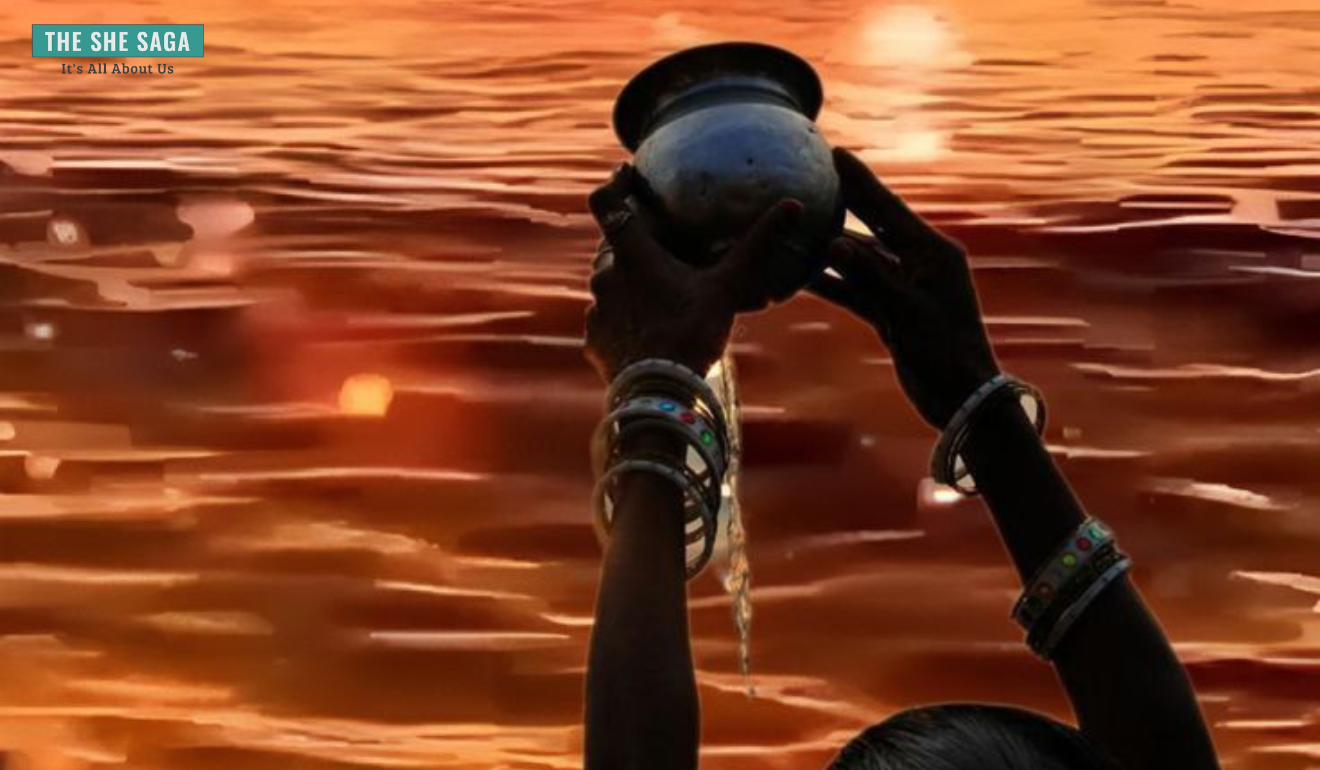

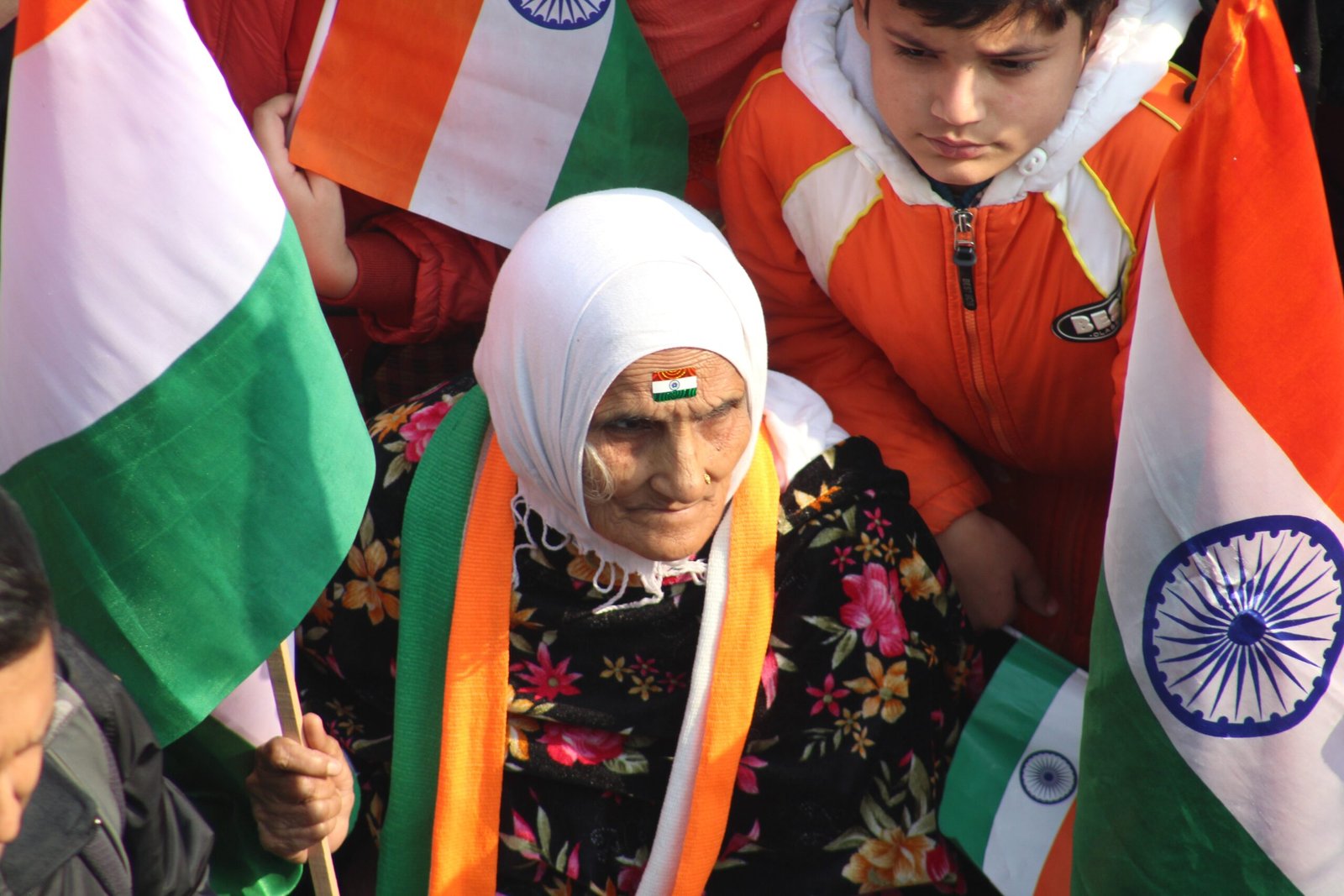



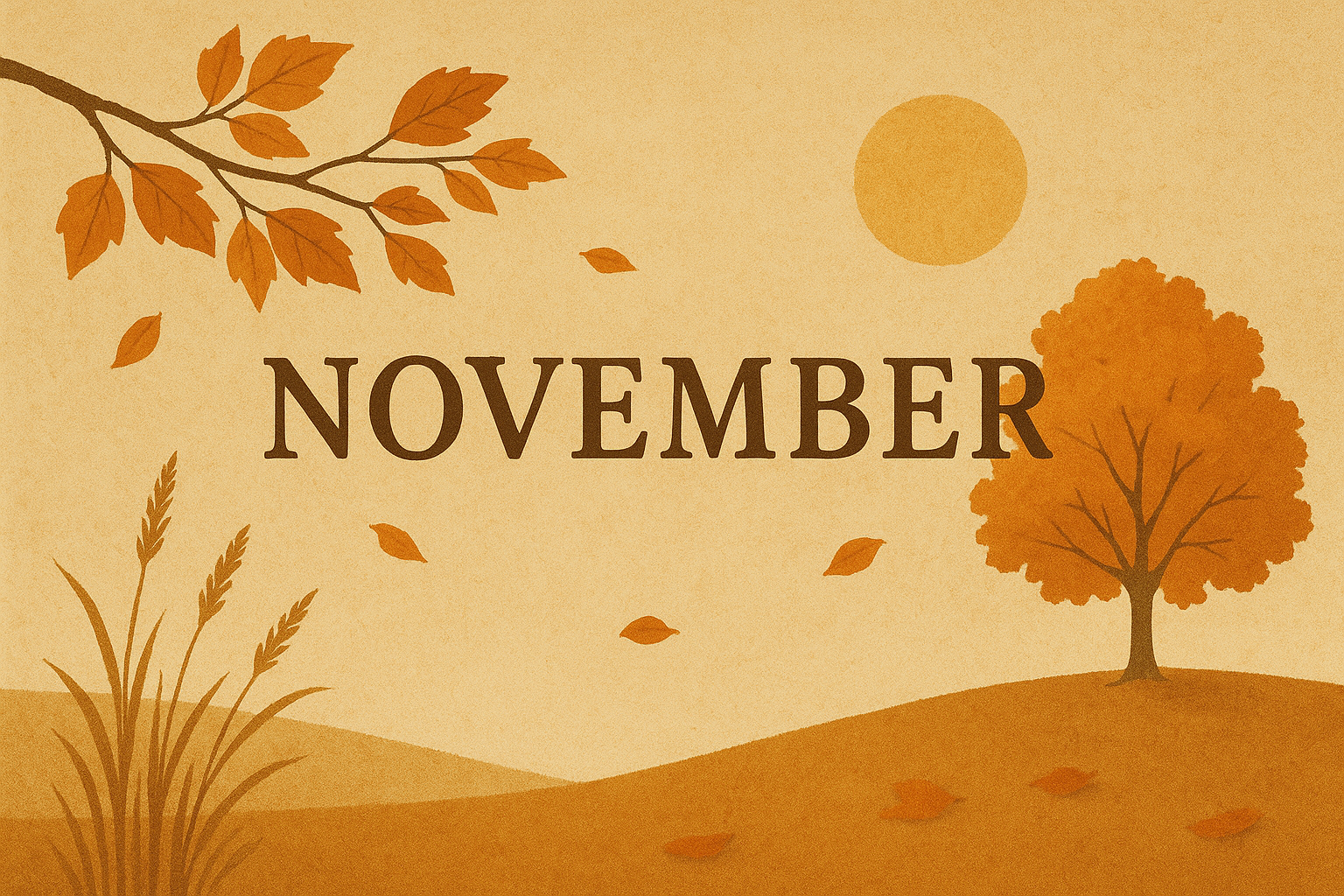


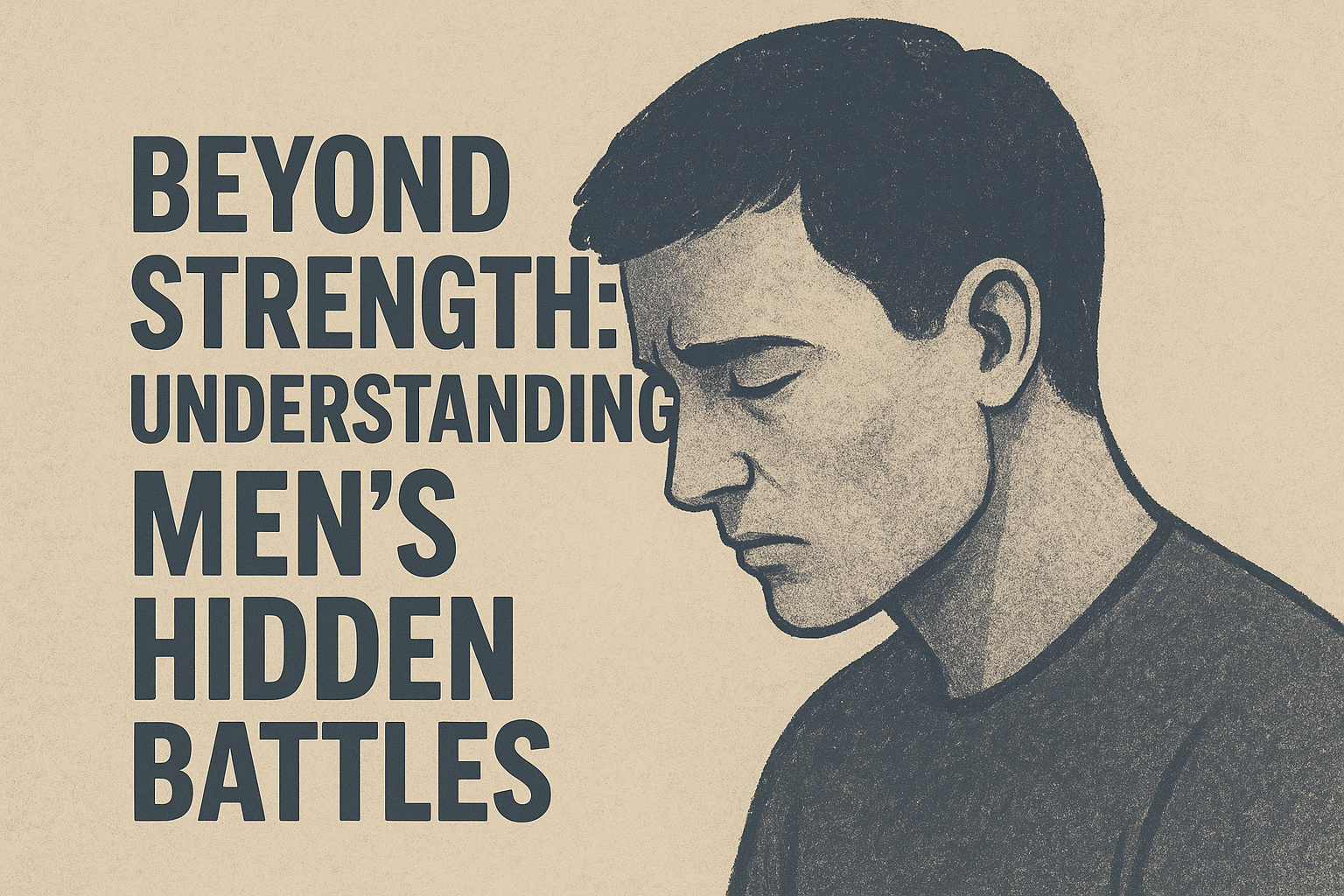
2 Responses
Amazing. Good that you are highlighting about its importance. It not only purifies the devotees but transforms the whole atmosphere with positive vibes and energy.
I wish that the new generation realise its importance and observe the vratta.
Thanks for reading and the appreciation Phua. Chhath is such a difficult and auspicious festival that many find it intimidating to perform. Yet those who perform with devotion are definitely granted boons. It’s important for the younger generation to be aware of its nitty gritties.